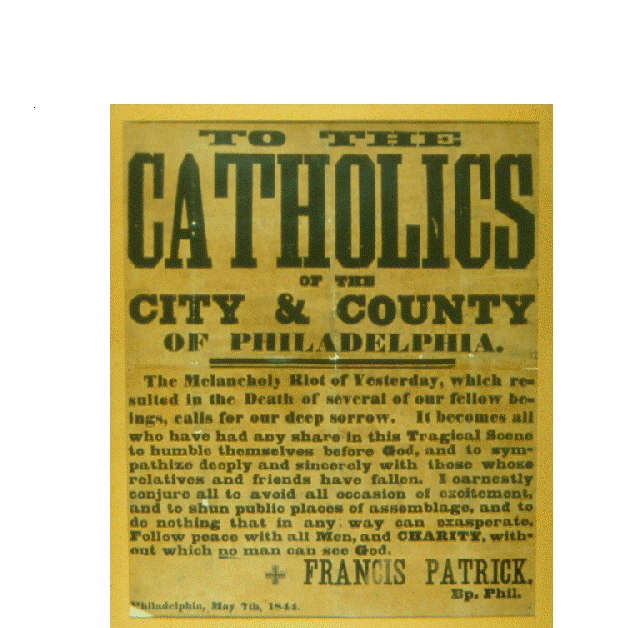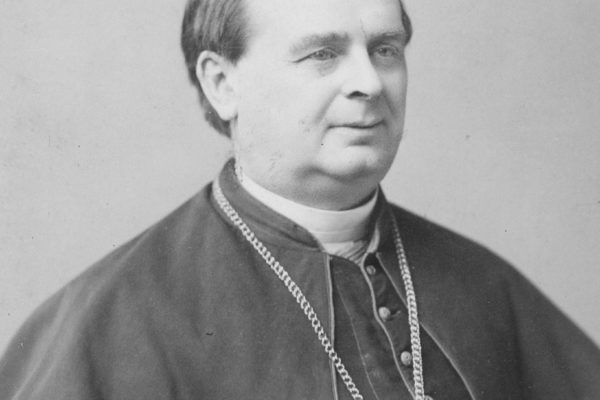Anti-Catholicism in Jacksonian Philadelphia
...e 1808-2008. Strasbourg : Editions du Signe, 2007. PAHRC has a significant number of 19th-century pamphlets in its General Pamphlet Collection. The Archives also has an almost complete run of official Philadelphia Diocesan newspapers up to the current Archdiocesan paper, The Catholic Standard and Times. More information on the riots
Archbishop Ryan
...5, respectively.[10] Ryan was also active in labor relations, working on a number of occasions as a mediator before management and labor unions to bring about peace resolutions. The most notable was the city’s trolley car strike in 1885-1886. Ryan, serving as chairman of the negotiating committee, helped broker a
Packard, Butler and Partridge Lithograph Collection
...beled but generally are not. St. Stanislaus Church, Milwaukee, Wisconsin A number of the exterior views also include vignettes of the pastor or other parish buildings such as the school, rectory and convent or the former church. St. Mary's Church, Norwalk, Ohio The exterior views also have standard touches such
About CHRC
...Center (CHRC) is to collect, preserve, and make available for research the official records of the Archdiocese of Philadelphia and those ancillary records and items that reflect the growth and development of Catholicism within the Archdiocese in accordance with the approved Collection Access Policy. The CHRC also preserves and makes




